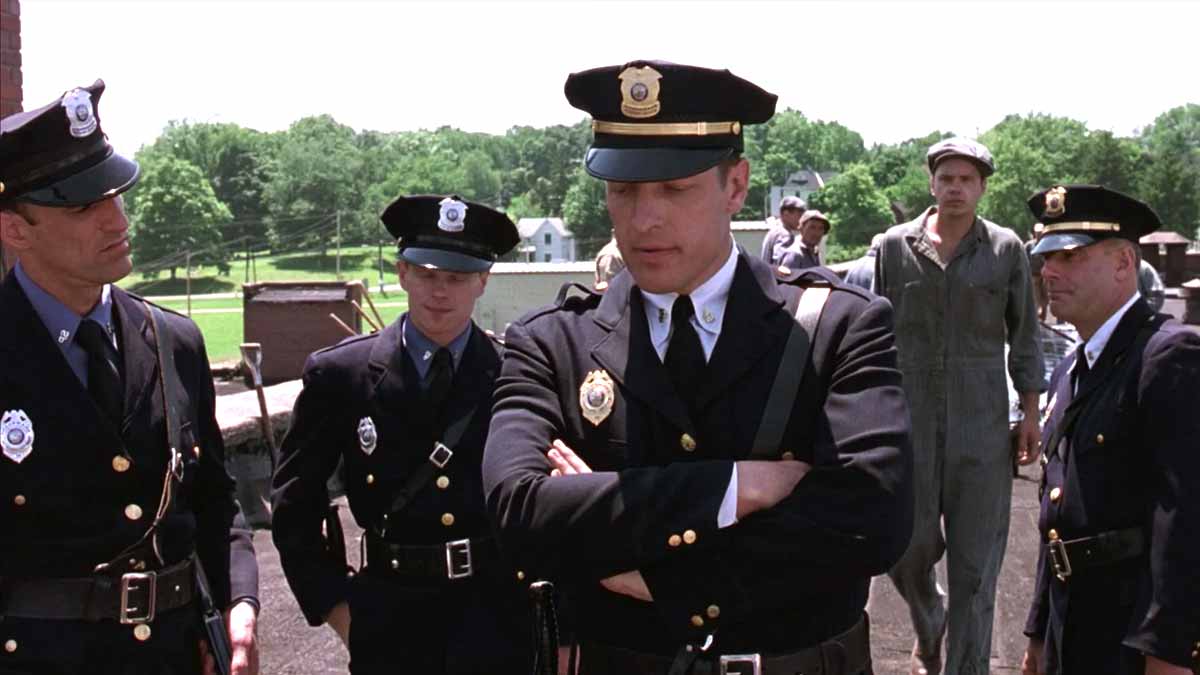Hope rises again when a classic finds fresh life with new viewers and loyal fans side by side. As people seek moving stories on familiar platforms, The Shawshank Redemption climbs the charts and sparks debate about what “best ever” really means. Viewers hit play, then share, because its emotion lands fast, its details stay clear, and its message still feels urgent today.
A drama that still sets the standard
The story sounds simple, yet the craft runs deep and precise. Released in 1994 and directed by Frank Darabont, this adaptation draws power from Stephen King’s underrated novella “Rita Hayworth and Shawshank Redemption,” published in the “Different Seasons” anthology. The result blends a prison setting with a humane pulse, then lets that pulse guide every scene.
Debate over “greatest” never ends, so people reach for data they trust. IMDb collects star ratings, builds an aggregate, and lists the Top 250. Names like The Godfather Part II, The Dark Knight, and 12 Angry Men stand tall. Still, the same film often sits at No. 1 with a 9.3 score : a reminder that broad audiences value feeling as much as form.
The film’s current rise shows how algorithms and word of mouth can work together. On Peacock, the movie ranks among the week’s most watched, as subscribers revisit a favorite or finally fill a famous gap. This mix of nostalgia and discovery turns a quiet catalog line into a visible hit.
From page to screen, a precise engine of emotion
The plot follows Andy Dufresne, wrongfully convicted of double murder, sent to Shawshank, and forced to endure hard years under a corrupt warden. He meets Red, a lifer with calm humor and clear eyes, and the friendship reshapes how both men face each day. Pain sits close, yet dignity grows, scene by scene.
Violence and corruption define the walls, so small acts matter more. Andy learns how the prison moves, then helps where he can, then keeps helping. His patience builds trust, then leverage, then a plan that lives in silence rather than speeches. Time stretches across nineteen years; detail by detail, hope holds.
Performances anchor that engine. Tim Robbins plays Andy with restraint and steady will. Morgan Freeman gives Red warmth, candor, and timing that turns narration into heartbeat. Around them, Bob Gunton, Clancy Brown, and William Sadler shape the system’s gears, so the machine feels real and the stakes stay sharp.
How The Shawshank Redemption earned lasting devotion
Audience love usually arrives in waves, though early results can mislead. The film earned seven Oscar nominations yet won none, then left theaters with only $16 million against a $25 million budget. That gap hid the long tail waiting on cable, discs, and shared lists that grow year after year.
Viewers return because the movie treats cruelty with clear eyes and still chooses grace. The script avoids cynicism, so hope never feels cheap. Scenes pause for small kindnesses, then push forward with tension in the next beat. That rhythm keeps people engaged, so rewatch value stays high and memories stay warm.
Communities frame the canon. On IMDb, broad participation turns taste into a map. The 9.3 score and the No. 1 slot signal a rare blend of reach and depth. Fans argue, yes, but the aggregate keeps pointing to the same peak, which keeps the film visible to anyone scanning for the top.
Box-office flop, awards shutout, and the numbers behind the myth
Data often tells the twist behind the legend. According to reported figures, the theatrical run stalled near $16 million on a $25 million budget. Awards buzz peaked with seven nominations, then hit a wall with zero wins. That record reads like a cautionary tale about timing, marketing, and crowded release calendars.
Context matters when a film rebounds. The title’s slow build depended on TV slots, rentals, then digital access, each stage widening the circle. With each format shift, recommendations traveled faster. A friend’s suggestion moved to a list, then to a rating, then to a chart that people scroll every day.
Comparisons sharpen the picture. The Godfather Part II towers for scope; The Dark Knight thrills with precision; 12 Angry Men impresses with economy. This film works with restraint and release. The balance lands differently, so the feeling lasts. That difference, backed by the 9.3 rating, keeps the crown secure, according to IMDb.
Streaming momentum puts The Shawshank Redemption back in spotlight
Platforms shape habits, so curation has weight. Peacock’s lineup surfaces proven draws next to new originals, and placement nudges choices. When a perennial classic climbs, the browse turns into a watch, then into a share. This week, it sits ninth on Peacock’s movie chart, a clean signal of renewed heat.
For first-time viewers, context helps, not spoilers. They meet Andy and Red inside rigid rules set by Warden Norton and enforced by brutal guards. They watch routine harden into ritual, then learn how quiet persistence outworks fear. The tension builds, then releases in ways that feel earned, not forced.
For returning fans, details pop again. The pacing still trusts silence; the dialogue still stays spare; the thematic line still runs straight. People finish with a full heart and a sense of lift. That response feeds the metrics, so the placement improves, then the trendline rises, then the cycle repeats.
A final note on why the climb still matters
People want proof that heart can outlast hardship, and The Shawshank Redemption still provides it with clarity and care. Thirty-one years after release, its streaming rise on Peacock shows how audience behavior rewards honest storytelling, strong craft, and characters who refuse to quit, even when the walls do not move.
